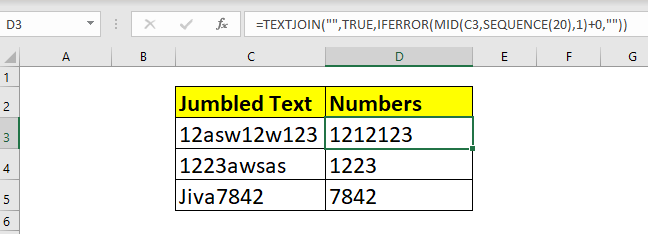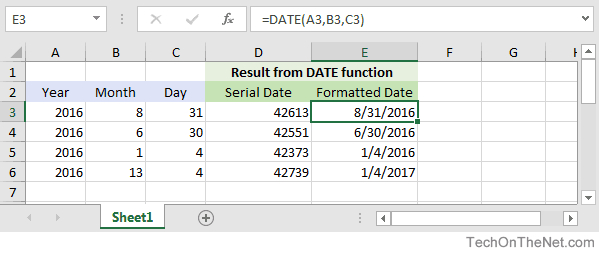
Go to Formulas ribbon and click on Name Manager in the Defined Names group.Ĭreate a new Named Range and Paste the Lambda functionĬlick the New.

For this we will need to use the Name Manager in Excel. To be able to reuse a Lambda function as you might any other function in Excel we need to name it as a Named Range. This is where Named Ranges can help us… Lambda as Named Range Especially as we need to define it each time. At first glace it is hard to appreciate the value of lambda as it does not seem like it can save us any time. Simple right? Notice that to run the function we had to append the brackets ( ) and enter the parameters after the lambda function. This will be returned as the result of the new created functionīelow you can find the most simple example of defining and using a Lambda function in Excel. Calculation – the actual results of the usage of the parameter.Each one needs to have a different label as they will be uniquely used in the function Parameters – one or multiple parameters that you need to provide.The Lambda function consists of only 2 types of arguments.


#NEW FUNCTIONS IN EXCEL 2016 HOW TO#
If you want to learn how to create such complex custom Excel function see the end of the article. What Lambda functions will not make any easier – are nested If statements or very complex calculations requiring loops etc. I see it being especially useful in case of string manipulation or definition of new mathematics/statistical functions. The Lambda function allows you to define a new Excel function with one or multiple parameters. The Excel Lambda Function is a new powerful addition to the Excel suite of functions, that Microsoft announced not long ago.


 0 kommentar(er)
0 kommentar(er)
